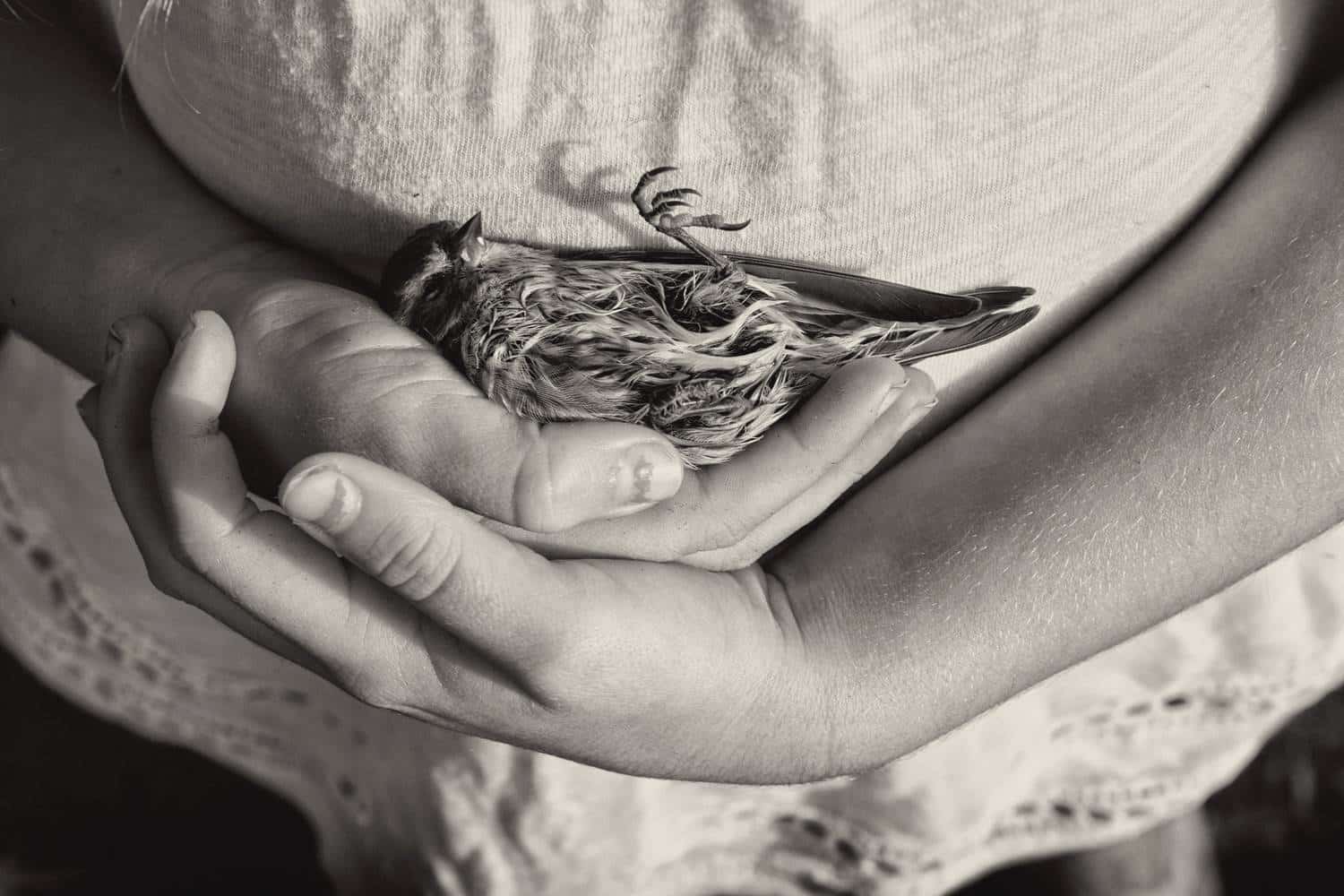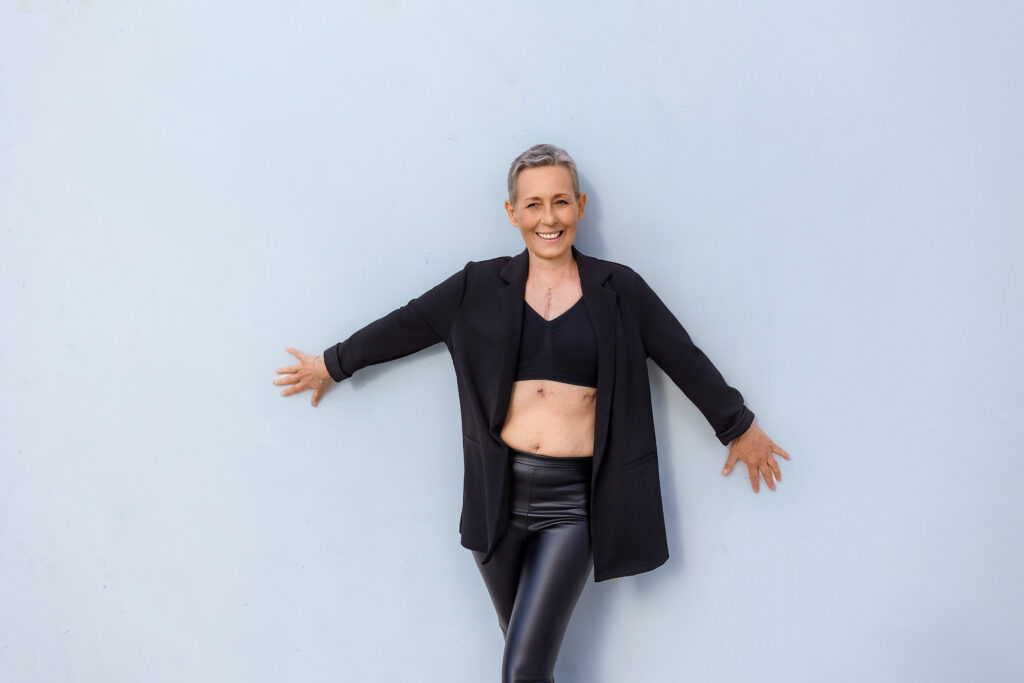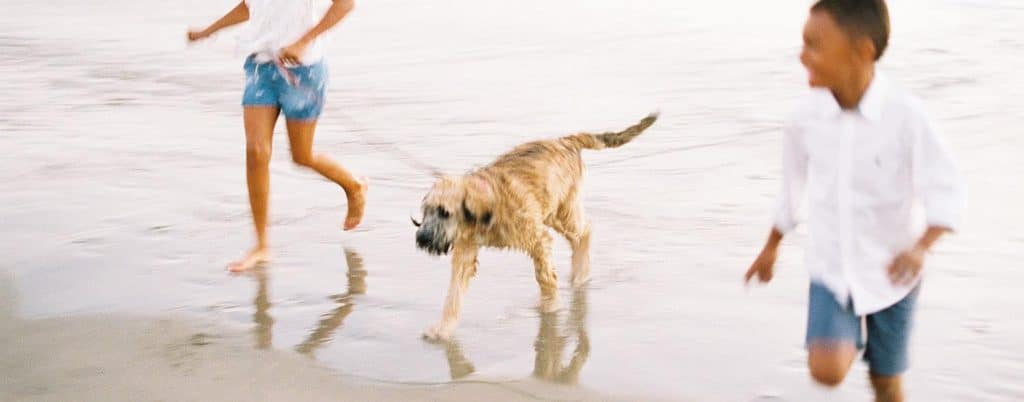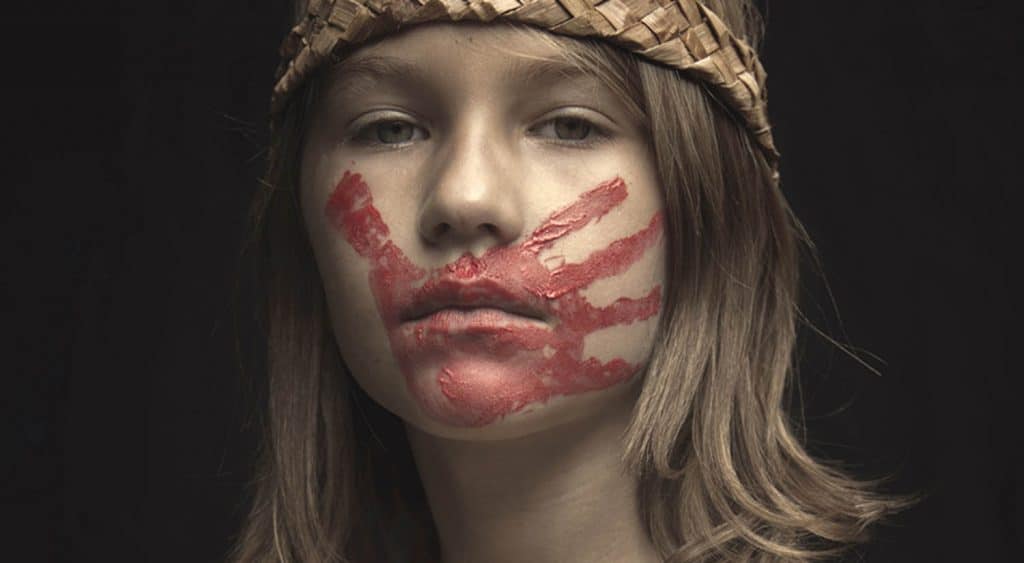
Learn how one photographer is raising awareness of our nation’s missing and murdered Indigenous women and girls.
Margaret Atwood wrote, “What you don’t know won’t hurt you. A dubious maxim: sometimes what you don’t know can hurt you very much.”
I didn’t know any of this until a few short days ago. The not knowing kept me comfortable. But it didn’t keep anyone safe.
Everything that follows is terrible and true.
It is its terribleness that makes it important. And the truth of it? That truth calls us to act. Read the story and share it in your own way, using your own voice, speaking out for those who can no longer speak for themselves.
May 5th: National Day of Awareness for Missing and Murdered Native Women and Girls
On May 5th, 1992, a baby girl named Hanna Harris was born into the Northern Cheyenne tribe, an American Indian nation. Twenty-one years and two months later, Hanna was viciously murdered. Hanna was not the first Native woman to die cruelly and unjustly. And she was not the last.
But Hanna’s death triggered fresh outrage among American Indian, Alaska Native, and First Person Nations.
Friends, family, and far-away strangers adopted a symbol: a blood-red handprint painted across the mouth. The mark symbolizes the hundreds of women, girls, *two-spirits, and relatives whose voices have been silenced by violence.
As I scroll through articles and images, visuals of the red handprint thud against my heart like a swift kick. One photograph in particular stands out: a young girl with golden skin and wispy hair made smooth by a woven headband. A red handprint is smeared across her mouth, but her eyes are defiant.
I have to know more.
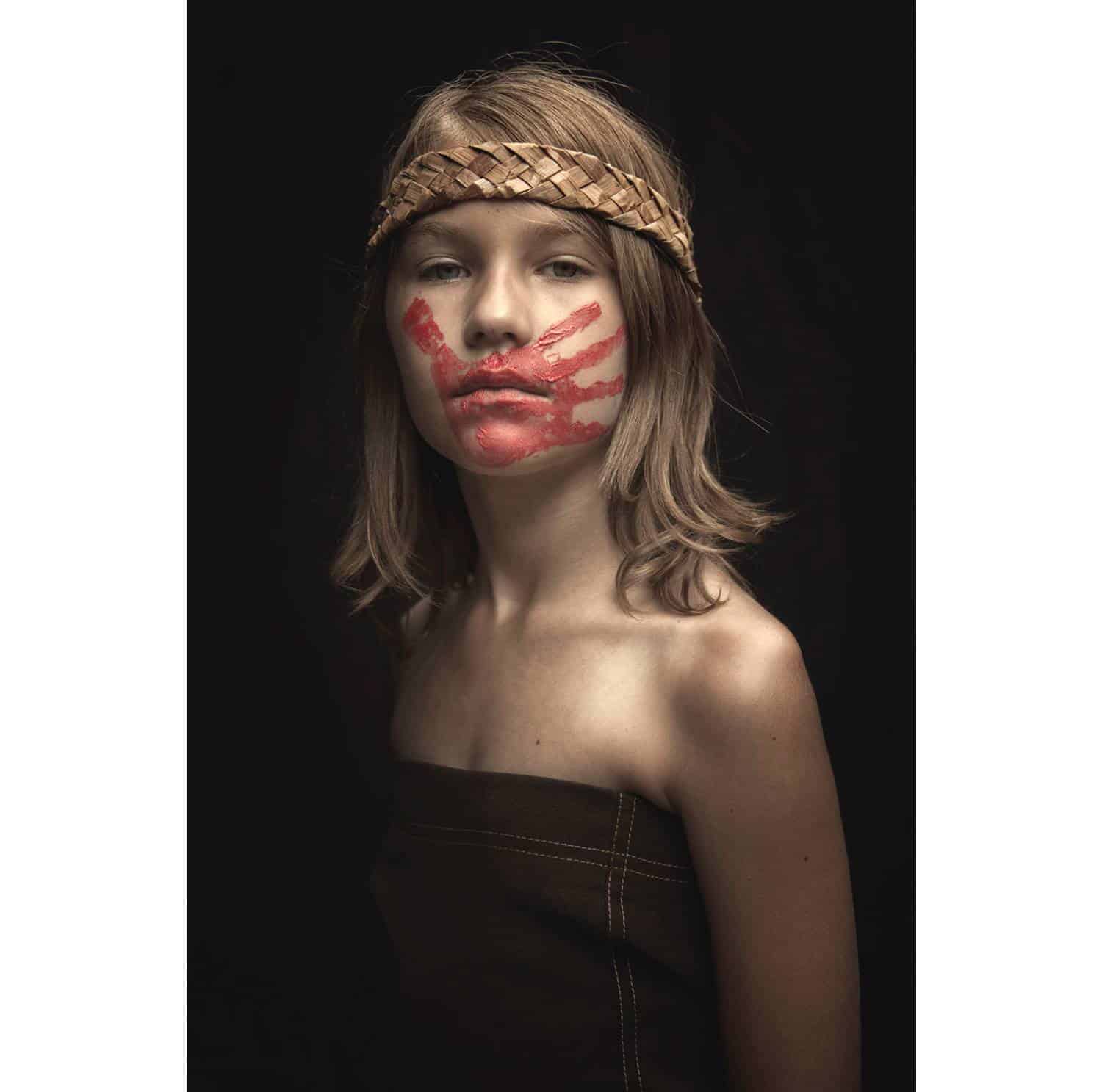
Nolan Streitberger’s awareness portrait of his daughter Haley, a member of the Cowlitz tribe
The photographer, Nolan Streitberger, responds almost immediately to my message. “Thank you so much for reaching out to me!”
Then he tells me his story.
“My wife is American Indian, as well as my daughter,” shares Nolan. “Making her aware of this problem leads to hope that she won’t be included in the vast MMIW statistics.”
In 2019, six years after Hanna’s life was stolen, artist and photographer Nolan Streitberger photographed his eight-year-old daughter Haley wearing the red handprint. Haley and her mother are members of southern Washington’s Cowlitz tribe, making them part of a high-risk community of Indigenous women and children whose murder rate, according to the U.S. Department of Justice, is more than ten times the national average.
But the photo series wasn’t all Nolan’s idea.
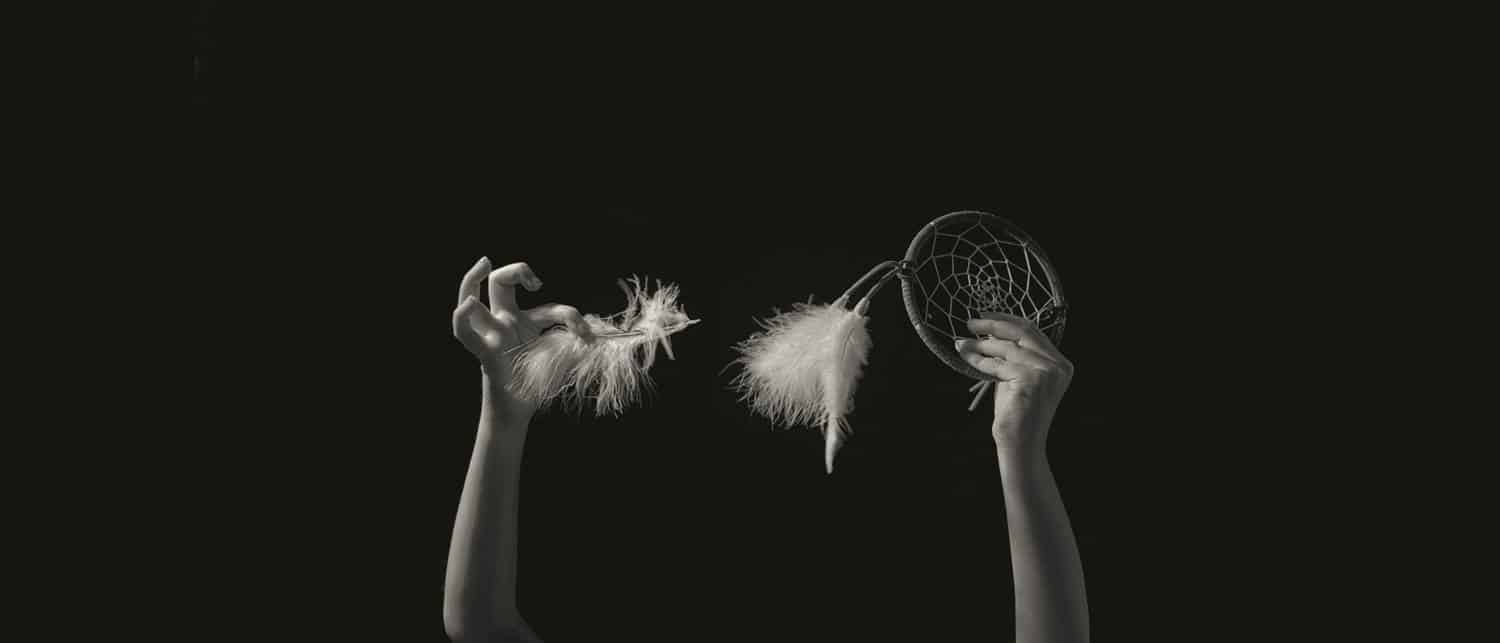
Nolan Streitberger
Haley was inspired to wear the red handprint by another Cowlitz girl, a young track and field champion named Rosalie Fish.
Only moments before competing for the state title, Rosalie painted her face with the handprint; it would be too late for anyone to force her to remove the symbol. Rosalie won her events, and she dedicated her medals to her stolen Native sisters.
“Rosalie used her skills as a runner to raise awareness,” explains Nolan, “so Haley and I chose to use our skills: me as a photographer and her as a model.”
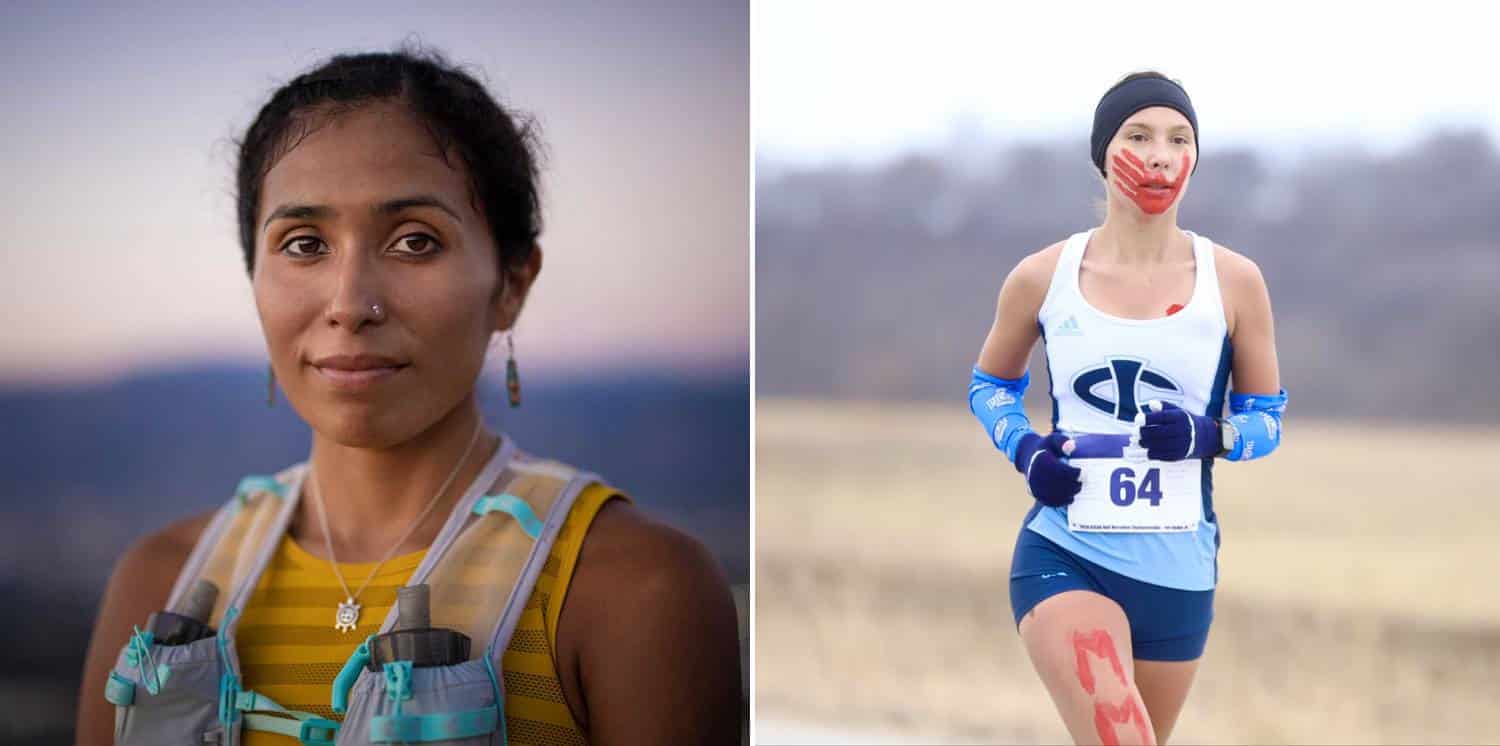
Left: Jordan Marie Brings Three White Horses Daniel photographed by Devin Whetstone | Right: Rosalie Fish photographed by Paul DeCoursey
Haley’s inspiration, Rosalie, was herself inspired by another runner. Jordan Marie Brings Three White Horses Daniel wore a red handprint and the letters “MMIW” when she ran the 2019 Boston Marathon. At each mile marker, the Kul Wičasa Lakota runner offered a prayer for a missing or murdered Indigenous woman.
“Within the United States, four out of five Native women are affected by violence,” relates Nolan, “and homicide is the third leading cause of death among girls and women ages 10-24 years old. One out of three Native women have experienced sexual violence, and over 500 are missing or have been killed in the U.S. since 2016.”
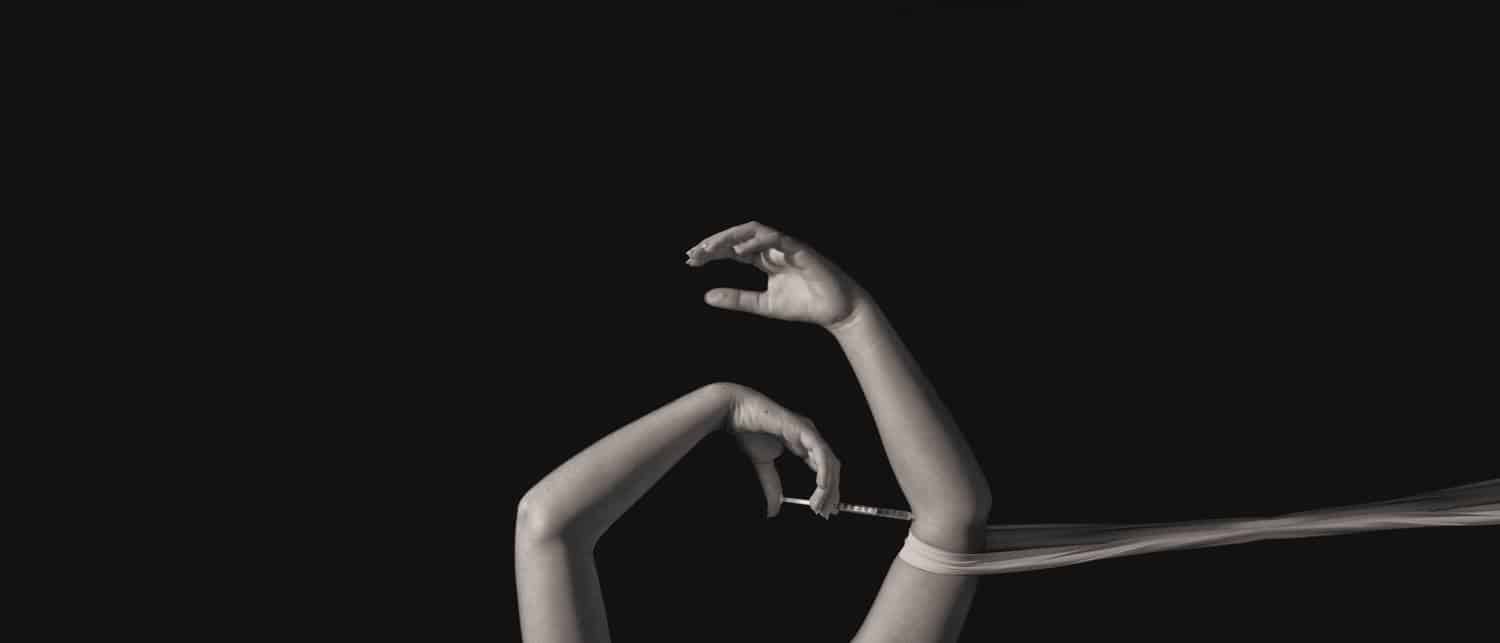
Nolan Streitberger
On November 26, 2019, President Trump signed Executive Order 13898, which formed the Task Force on Missing and Murdered American Indians and Alaska Natives.
But awareness is still abysmally low.
“We can drive down the street and recognize the homeless problems our communities are facing,” Nolan says, “however, MMIW is a problem that is largely invisible.”
Maybe awareness doesn’t feel active enough to you. But for many social issues, awareness is the first step toward change.
“These photographs are in the collections of actors and celebrities, successful business owners, and art collectors,” Nolan shares. “Just knowing that the people who see these images are reminded of MMIW every time is a great feeling for us.”
Nolan explains that law enforcement in many tribes is simply too small to manage brutally violent cases on their own, meaning many cases of missing and murdered Indigenous peoples are under-investigated and unsolved. “If we bring light to this issue,” he says, “maybe they can receive the funding and support they need.” One by one, can we wring justice from each cold case?
